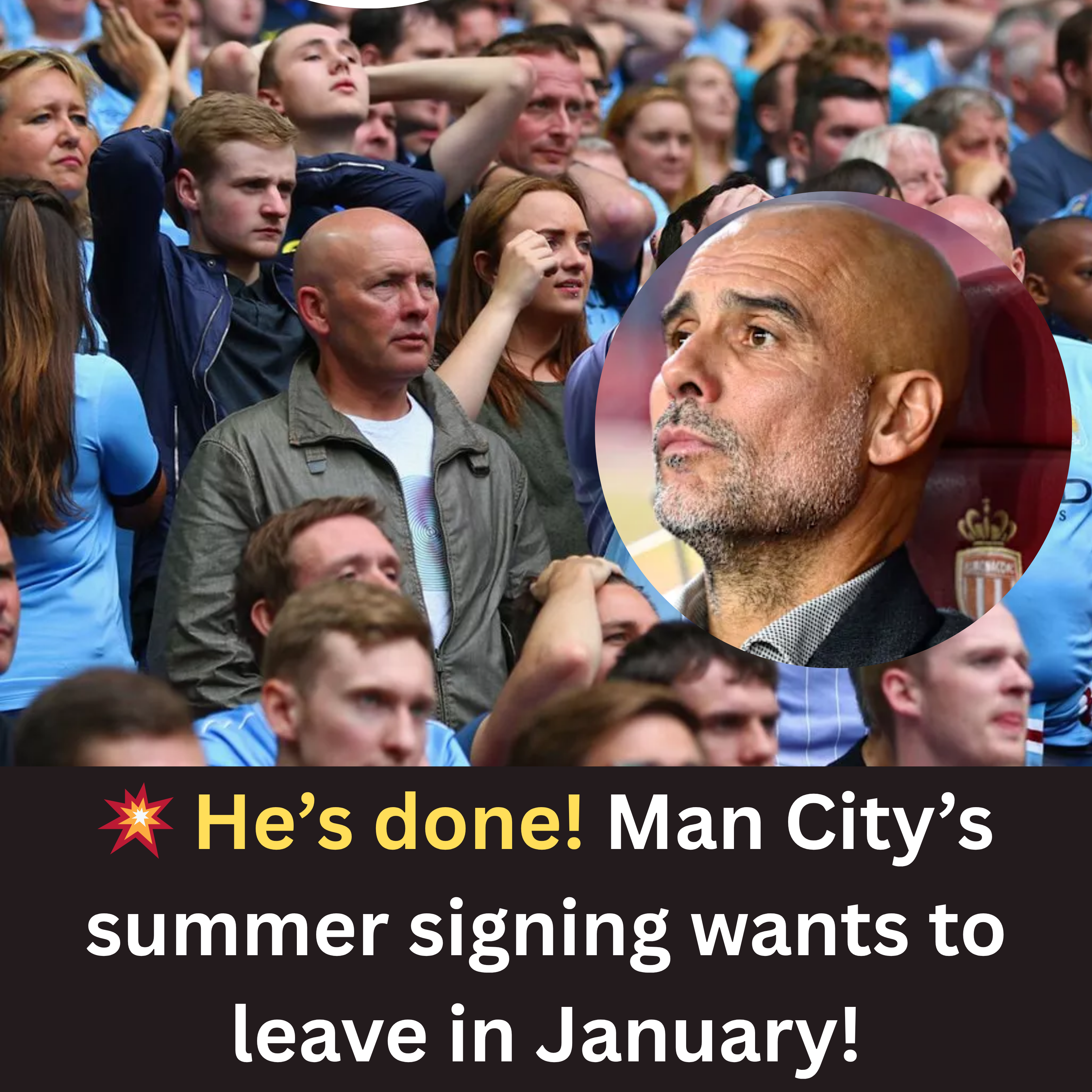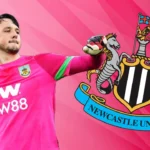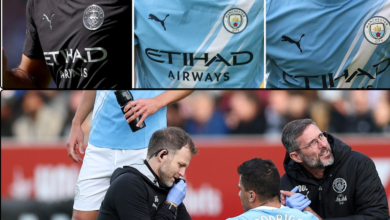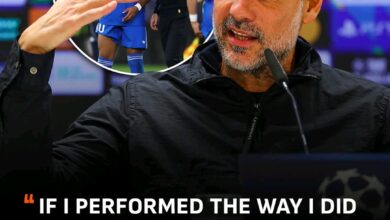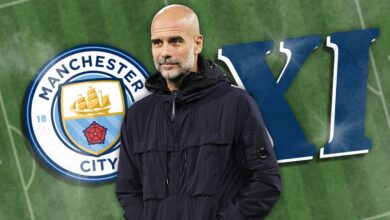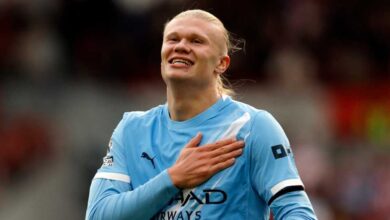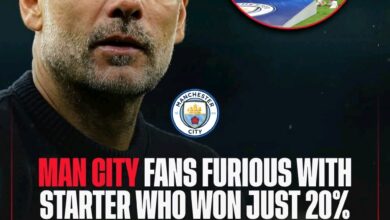Manchester City close in on agreement to sign Arsenal-linked midfielder
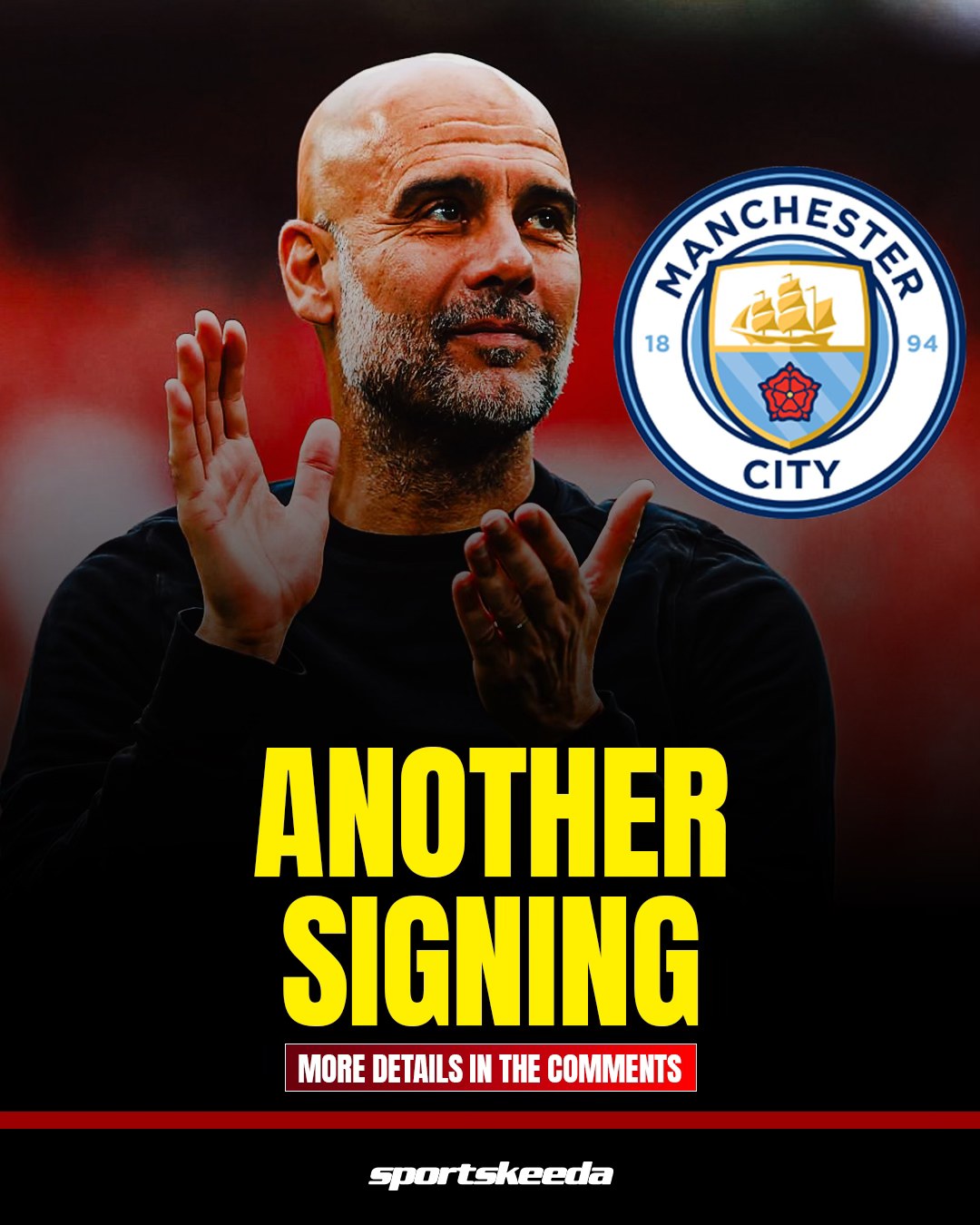
Manchester City’s interest in bringing James Trafford back to the Etihad Stadium underscores the calculated nature of contemporary football business. The Citizens initially sold Trafford to Burnley in 2023, but with characteristic foresight, they included a £40 million buy-back clause in the agreement. This mechanism has become increasingly common among top-tier clubs, serving as an insurance policy that allows them to reclaim promising talent while providing immediate financial benefits and development opportunities for the players involved.
The current negotiations between Manchester City and Burnley represent a fascinating chess match between two clubs with markedly different objectives and resources. City’s approach to renegotiate the terms of the buy-back clause suggests they view Trafford as a valuable asset for their future plans, yet they’re seeking to optimize the financial terms of his return. This strategy reflects the club’s sophisticated approach to squad management, where every transaction is carefully calibrated to maximize both sporting and commercial value.
Trafford’s journey from Manchester City academy graduate to Burnley’s first-choice goalkeeper and now potential City returnee illustrates the modern pathway for young English talent. His development at Burnley has provided him with crucial first-team experience in the Championship and Premier League, experiences that would have been difficult to obtain while competing with City’s established goalkeeping hierarchy. This temporary separation has likely enhanced his value and readiness to contribute at the highest level.
Burnley’s Perspective: Balancing Ambition and Reality
For Burnley, the situation presents both opportunity and challenge. The Clarets have recently secured promotion back to the Premier League, a achievement that has raised expectations and intensified the pressure to compete effectively in England’s top flight. Trafford’s performances have been instrumental in their success, making him a valuable asset both on the pitch and in the transfer market.
The club’s willingness to engage in negotiations over the buy-back clause suggests a pragmatic approach to their circumstances. While they would undoubtedly prefer to retain their star goalkeeper, the financial realities of Premier League football mean that significant transfer fees can provide crucial resources for squad strengthening across multiple positions. The potential departure of Trafford would necessitate immediate action in the goalkeeper market, but it would also provide Burnley with substantial funds to invest in other areas of their squad.
Scott Parker’s appointment as head coach has brought renewed optimism to Turf Moor, and his track record of developing young talent and implementing attractive playing styles makes Burnley an appealing destination for players seeking regular first-team football. The acquisition of Kyle Walker, an experienced Premier League defender, demonstrates the club’s commitment to competing at the highest level and their ability to attract quality players despite their modest resources compared to the league’s elite.
The Stefan Ortega Connection: A Domino Effect
The potential transfer saga becomes more complex when considering Stefan Ortega’s position in this equation. Manchester City’s second-choice goalkeeper has reportedly attracted interest from Burnley as a potential replacement for Trafford. This creates an intriguing circular dynamic where City’s pursuit of their former player could simultaneously provide Burnley with an experienced Premier League goalkeeper as compensation.
Ortega’s situation at Manchester City exemplifies the challenges faced by talented players competing for positions behind established stars. Despite his quality and Premier League experience, opportunities for regular first-team football at City are limited, making a move to Burnley potentially attractive for both player and club. His familiarity with Premier League football and proven ability at this level would make him an ideal replacement for Trafford, providing Burnley with continuity and quality in a crucial position.
This interconnected nature of modern transfer dealings demonstrates how clubs must think several moves ahead, considering not just their immediate needs but also the broader implications of each transaction. City’s ability to potentially facilitate Ortega’s move to Burnley while securing Trafford’s return exemplifies the sophisticated maneuvering that characterizes elite-level football administration.
Newcastle’s Failed Pursuit: Market Dynamics at Play
Newcastle United’s unsuccessful £27 million bid for Trafford in June provides important context for understanding the goalkeeper’s market value and Burnley’s negotiating position. The Magpies’ interest, while ultimately unsuccessful, validates Trafford’s reputation as one of England’s most promising young goalkeepers and establishes a benchmark for his valuation in the current market.
Newcastle’s pursuit of attacking reinforcements, including their successful acquisition of Anthony Elanga from Nottingham Forest for up to £55 million, demonstrates the inflated nature of the current transfer market. Their interest in players like Hugo Ekitike and Yoane Wissa, though ultimately unsuccessful, illustrates the competitive landscape that exists for quality players, even at positions where demand might traditionally be considered lower.
The interconnected nature of these transfer pursuits reveals how clubs must navigate complex webs of competing interests and player preferences. Newcastle’s focus on defensive reinforcements following their attacking acquisitions shows the strategic planning required to build a balanced squad capable of competing on multiple fronts.
Manchester City’s Summer Strategy: Building for the Future
City’s transfer activity extends well beyond the Trafford situation, with five significant signings already completed. The acquisitions of Tijjani Reijnders, Rayan Cherki, Rayan Ait Nouri, Marcus Bettinelli, and Sverre Nypan represent a blend of immediate impact players and future prospects, reflecting the club’s commitment to both short-term success and long-term sustainability.
This multi-faceted approach to squad building demonstrates City’s understanding that success in modern football requires constant evolution and renewal. The integration of young talents like Cherki and Nypan alongside experienced professionals creates a dynamic squad environment where competition for places remains fierce while ensuring continuity of quality and style.
The potential return of Trafford fits seamlessly into this philosophy, representing a player who has gained valuable experience elsewhere while maintaining the technical and tactical understanding required to succeed in Pep Guardiola’s system. His familiarity with the club’s methods and expectations could facilitate a smoother transition than might be expected with an external signing.
Financial Implications and Market Trends
The negotiations surrounding Trafford’s potential return highlight several important trends in the modern transfer market. The use of buy-back clauses has become increasingly sophisticated, with clubs recognizing their value as both protective measures and investment opportunities. City’s willingness to negotiate these terms suggests a mature understanding of market dynamics and a confidence in their ability to develop and retain talent.
The £40 million valuation placed on a goalkeeper who has yet to establish himself at the very highest level reflects the premium placed on English talent and the scarcity of quality goalkeepers in the current market. This figure also demonstrates how Championship and lower Premier League success can translate into significant market value, particularly for players representing attractive demographic and nationality profiles.
For clubs like Burnley, these valuations represent both opportunity and challenge. While the potential financial windfall from Trafford’s departure could fund significant squad improvements, replacing his quality and consistency presents its own difficulties and expenses. The balance between immediate financial benefit and long-term sporting success remains a constant challenge for clubs operating outside the traditional elite.
The Broader Context: English Goalkeeping Development
Trafford’s career trajectory reflects broader trends in English goalkeeping development and the pathways available to young talent. The traditional model of gradual progression through loan spells and lower-division football has evolved into a more sophisticated system where promising players can command significant transfer fees while still developing their craft.
The success of goalkeepers like Jordan Pickford, Aaron Ramsdale, and Sam Johnstone has demonstrated that Premier League clubs are increasingly willing to invest in young English shot-stoppers, recognizing both their immediate potential and their value in meeting homegrown player quotas. This trend has created a competitive market for talented English goalkeepers, benefiting both players and their developing clubs.
City’s approach to Trafford’s development, allowing him to gain crucial experience elsewhere before potentially reintegrating him into their squad, represents a mature understanding of player development cycles. This strategy acknowledges that not all talents develop at the same pace and that sometimes the best path forward involves temporary separation and independent growth.
Tactical Considerations and System Fit
From a purely footballing perspective, Trafford’s potential return to Manchester City raises interesting tactical questions about his integration into Guardiola’s system. The Spanish manager’s demands on his goalkeepers extend far beyond traditional shot-stopping, requiring exceptional distribution, positioning, and decision-making in possession-based scenarios.
Trafford’s experience at Burnley, where he has faced diverse tactical challenges and varying levels of defensive support, should have enhanced his adaptability and decision-making capabilities. These experiences, combined with his foundational understanding of City’s methods, could create a goalkeeper uniquely prepared to contribute to Guardiola’s tactical approach.
The evolution of the goalkeeper position in modern football has made players like Trafford increasingly valuable, as their ability to function as auxiliary midfielders during build-up play has become as important as their traditional defensive responsibilities. City’s interest in reacquiring him suggests confidence in his development in these crucial areas.
Looking Forward: Implications for All Parties
As these negotiations continue, the implications extend beyond the immediate parties involved. For Manchester City, successfully reintegrating Trafford would represent both a validation of their youth development processes and a shrewd piece of squad management. The financial efficiency of developing and later reacquiring talent, rather than purchasing established stars, aligns with both sporting and regulatory considerations in modern football.
Burnley’s handling of this situation will be crucial to their Premier League ambitions. Their ability to either retain Trafford or secure adequate compensation and replacement will significantly impact their prospects for the upcoming season. The club’s recent signings, including Kyle Walker, suggest they are preparing for various scenarios and building a squad capable of competing regardless of individual departures.
The resolution of this transfer saga will likely influence similar situations involving buy-back clauses and player development strategies across the football landscape. Success for all parties could establish a template for how elite clubs can maintain connections with developing talent while providing opportunities for growth and experience.
Conclusion: A Transfer Reflecting Modern Football’s Complexity
The Manchester City-James Trafford situation encapsulates the sophistication and interconnectedness of modern football’s transfer market. What began as a simple academy graduate’s departure has evolved into a complex negotiation involving multiple clubs, significant financial considerations, and broader questions about player development and squad management.
The ultimate resolution will provide valuable insights into how elite clubs balance immediate needs with long-term planning, how developing clubs can maximize the value of their assets, and how individual players can navigate the competing pressures of ambition, opportunity, and career development. As the transfer window progresses, this saga remains one of the most compelling examples of modern football’s strategic depth and the multiple factors that influence player movement in the contemporary game.
The interconnected nature of these deals, from Trafford’s potential return to Ortega’s possible departure and Newcastle’s various pursuits, demonstrates that success in the modern transfer market requires not just financial resources but also strategic thinking, relationship management, and the ability to see several moves ahead in an increasingly complex game.




